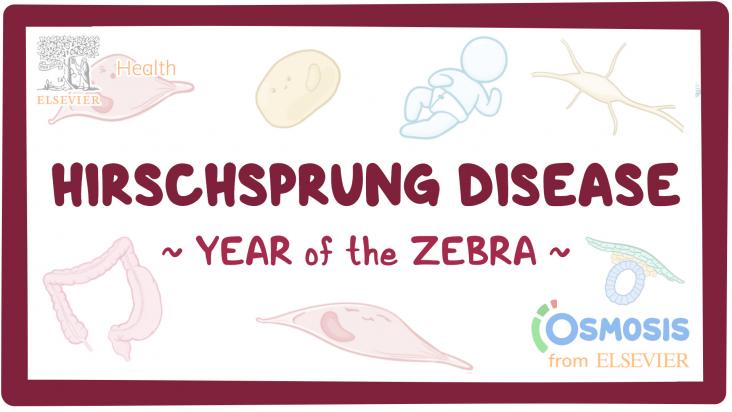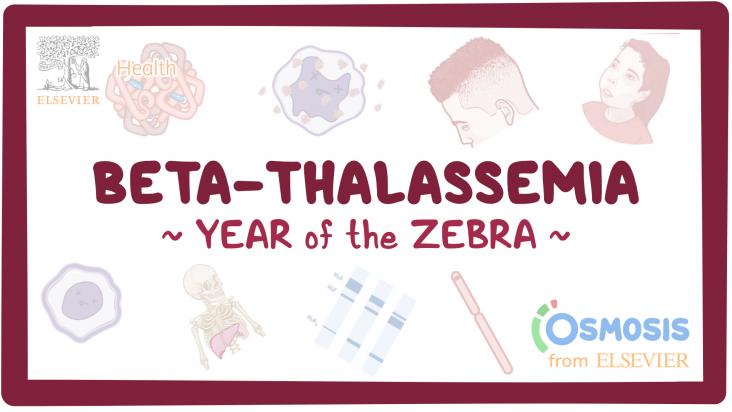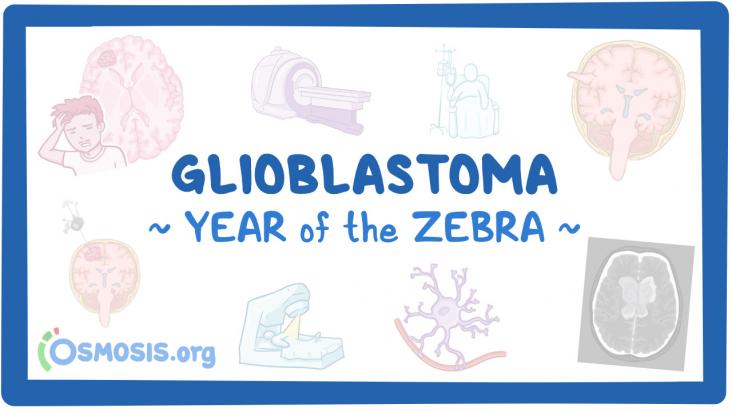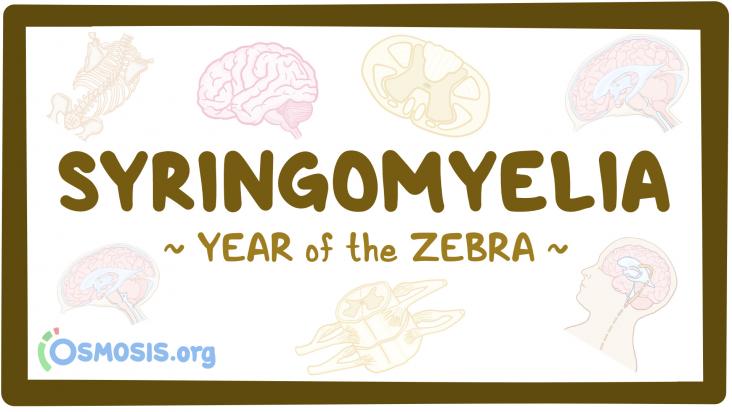Analysis on the word "Schizophrenia" used as a metaphor; and the rethorical functions on mental health language

This article relates to SDG 3. This resource, created together by Osmosis and the National Organization for Rare Diseases (NORD), aims to increase the knowledge and awareness about Rare Disease Education: Idiopathic Intracranial Hypertension

This article relates to SDG 3. This resource, created together by Osmosis and the National Organization for Rare Diseases (NORD), aims to increase the knowledge and awareness about Rare Disease Education: Hirschsprung Disease

This article relates to SDG 3. This resource, created together by Osmosis and the National Organization for Rare Diseases (NORD), aims to increase the knowledge and awareness about Rare Disease Education: Beta-Thalassemia

This article relates to SDG 3. This resource, created together by Osmosis and the National Organization for Rare Diseases (NORD), aims to increase the knowledge and awareness about Rare Disease Education: Glioblastoma

This article relates to SDG 3. This resource, created together by Osmosis and the National Organization for Rare Diseases (NORD), aims to increase the knowledge and awareness about Rare Disease Education: Syringomyelia
This Series paper supports SDGs 3 and 10 by summarising the state of knowledge on inequalities in care delivery and outcomes for patients with cardiovascular disease in the UK
Standard methodology to detect antimicrobiological resistance genes can help in monitroing and hopefully preventing antimicrobial resistance and improving health.
Environmental pollution has negative health effects and biomonitoring is necessary to identify the regions, local sources, and temporal distribution of air pollution. The aim of this study was the estimation of cell viability, oxidative stress, DNA damage, cell cycle alterations and activation of histone H2A.X. Evidence is shown that γH2A.X may serve as a marker for monitoring the risk of air pollutant exposure.
Elsevier,
Diagnostic Molecular Pathology (Second Edition): A Guide to Applied Molecular Testing, 2024, Pages 63-77
This content aligns with Goal 3: Good Health by summarizing the current molecular methods of detection and quantification of hepatitis virus genomes, with special emphasis on the assays commercially available and applicable for clinical use.
